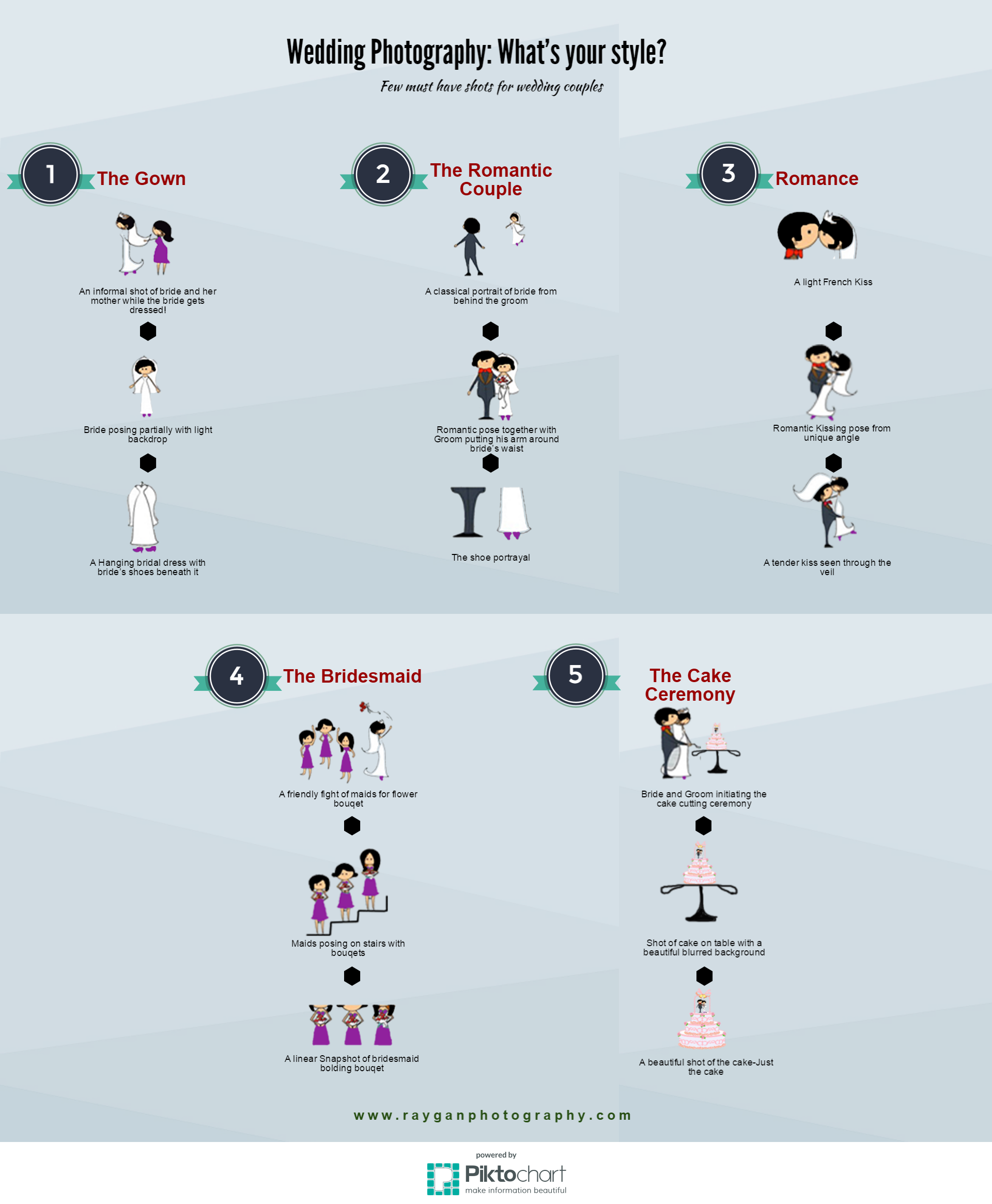Join Us To Find Vital Digital Photography Tips That Will Open Your Camera'S Capacity-- Prepare To Capture Stunning Photos In A Snap!
Join Us To Find Vital Digital Photography Tips That Will Open Your Camera'S Capacity-- Prepare To Capture Stunning Photos In A Snap!
Blog Article
Write-Up Written By-Weber Bryant
When you first pick up your video camera, it can feel frustrating with all the setups and choices available. You might find yourself wondering exactly how to browse aperture, shutter rate, and ISO successfully. Understanding these basics is critical, but there's more to digital photography than simply technical knowledge. Comprehending structure methods and lights conditions can boost your images substantially. So, suppose you could find out basic approaches to enhance your skills and start capturing impressive photos sooner than you believe? Let's check out exactly how to change your photography trip.
Comprehending Camera Setups
Understanding your camera setups is essential for recording magnificent pictures. When you grab your camera, familiarize yourself with the 3 main setups: aperture, shutter rate, and ISO. Each plays an important duty in just how your photos end up.
Begin with aperture, which regulates the quantity of light getting in the lens. A wider aperture (reduced f-number) lets in more light and develops a gorgeous history blur, excellent for pictures. On the other hand, a narrower aperture (higher f-number) keeps even more of the scene in focus, suitable for landscapes.
Next, focus on shutter rate. This setup figures out the length of time your cam's sensing unit is revealed to light. A rapid shutter rate freezes motion, which is terrific for action shots, while a slow-moving shutter speed can produce stunning effects like smooth water in landscapes.
Lastly, readjust your ISO. This setup affects your video camera's sensitivity to light. A greater ISO works in low-light situations but can present noise or grain. Aim for the most affordable ISO possible while still achieving appropriate direct exposure.
Composition Strategies
When you're out shooting, structure can make all the difference in exactly how your photos reverberate with viewers. Begin by using the policy of thirds; visualize your framework split right into nine equivalent sections with two horizontal and 2 upright lines. Learn Additional along these lines or at their junctions to produce balance and interest.
Next, think about leading lines. These all-natural lines in your scene, like roadways or rivers, attract the viewer's eye into the photograph, directing them through the story you're telling.
Don't forget about mounting; use elements within your scene, like trees or home windows, to develop a frame around your subject, including depth and focus.
Likewise, keep an eye on your background. A chaotic background can distract from your primary subject, while a straightforward one helps it stand out.
Lastly, explore symmetry and patterns; they can produce a striking picture that records attention.
Mastering Illumination Conditions
Grasping lighting conditions is crucial for recording magnificent photos, as the ideal light can transform a regular scene into something remarkable.
Beginning by observing natural light at different times of the day. Mornings and late afternoons offer the best light, called the golden hour. The soft, cozy tones during these times can boost your images wonderfully.
Do not avoid cloudy days either; diffused light can decrease extreme darkness and develop a pleasing effect, especially for pictures.
Trying out backlighting by positioning your topic versus the source of light. This technique can produce a dreamy halo effect and include deepness to your pictures.
Take notice of your electronic camera setups as well. Change the ISO, aperture, and shutter speed to fit the illumination problems. A greater ISO can assist in reduced light, but beware of grain.
Make use of a tripod in darker settings to stay clear of blur.
Last but not least, don't forget artificial illumination. Flash and continuous lights can be great devices for controlling light in difficult conditions.
Verdict
In conclusion, understanding your electronic camera doesn't need to be frustrating. By comprehending your setups, applying composition strategies, and using the power of all-natural light, you'll swiftly raise your digital photography skills. Keep in mind, practice makes best, so go out there and experiment with your newly found understanding. With time and commitment, you'll be recording magnificent photos that show your distinct viewpoint. Take https://postheaven.net/jolanda21erick/creative-ways-to-market-your-photography-provider in the journey, and don't fail to remember to have fun while you're at it!
